Tummy Tuck Scar Healing Stages: How to Minimize the Sugery Scars?
Body Plastic Surgery
Have you ever considered the journey of healing and transformation after undergoing a tummy tuck? A tummy tuck, also known as abdominoplasty, is a surgical procedure designed to remove excess skin and fat from the abdominal area while tightening the underlying muscles. This popular cosmetic surgery is often sought after by individuals looking to achieve a more contoured and toned midsection.
However, one aspect that concerns many patients is the potential scarring associated with the procedure. The scar typically runs horizontally across the lower abdomen, extending from one hip bone to another. While scarring is inevitable with any surgical procedure, various tummy tuck scar treatment options are available to help minimize its appearance and promote optimal healing. From topical treatments to laser therapy, advancements in medical technology offer promising solutions for addressing tummy tuck scars and achieving smoother, more aesthetically pleasing results.
In the Raadina Health Blog, we delve into these treatment methods and provide valuable insights to guide you through your journey to recovery and enhanced confidence.
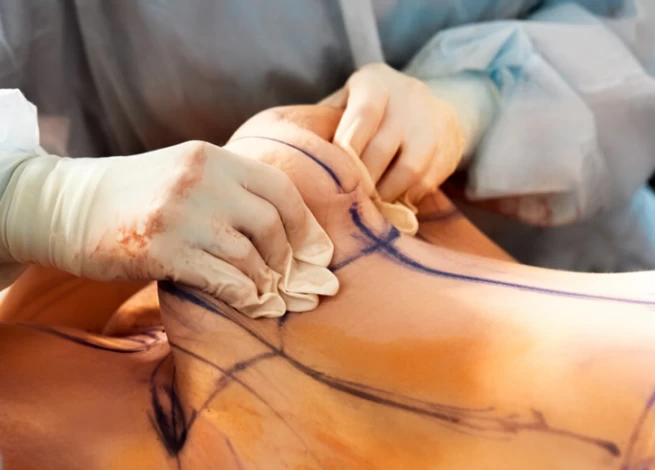
Types of Tummy Tuck Scars
Tummy tuck surgery scars vary depending on the specific surgical technique used. Each type of abdominoplasty leaves a distinct scar pattern, influenced by factors like the extent of skin removal and the patient's unique healing process.
Full vs. Mini Tummy Tuck Scars
Full Tummy Tuck Scars: Span horizontally across the lower abdomen, often from hip to hip, and may include a circular scar around the navel.
Mini Tummy Tuck Scars: Typically shorter, located just above the pubic area, and do not involve the navel area.
Now if you want to know more about the differences between full and mini tummy tuck, read this article.
Fleur-de-Lis Tummy Tuck Scarring
This technique is mainly used in patients with significant weight loss. It leaves a distinct 'T' shaped scar - a horizontal scar along the lower abdomen and a vertical one extending upwards towards the breastbone.

Treatment Options for Tummy Tuck Scars
Tummy tuck scars, a common concern post-abdominoplasty, can be effectively managed using various tummy tuck scar treatment methods. These treatments aim to enhance healing, reduce visibility, and improve the overall appearance of the scars.
Using Active Scar Defense for Post-Op Care
Proactive Scar Management: Implementing scar defence strategies immediately after surgery can significantly improve healing outcomes.
Products and Practices: Utilizing silicone gels, sheets, and other recommended products aids scar maturation and minimizes scar prominence.
How Do Tummy Tuck Scars Change Over Time?
Tummy tuck scars evolve significantly over time. Initially red and raised, they gradually fade and flatten.
1-3 Months Post-Op: Scar lightens and becomes less pronounced.
6-12 Months: Major improvements in scar appearance; it becomes more skin-toned.
1 Year and Beyond Scar maturation peaks, with most scars significantly less noticeable.
Tummy tuck Scar Healing Stages
A thorough approach to post-tummy tuck treatment is crucial for minimizing scar appearance. Here's a detailed guide:
Step 1: Initial Wound Care
Clean and Dry: Keeping the surgery area clean and dry is fundamental. Adhering to the surgeon's instructions on wound care is essential for preventing infections and promoting healing.
Step 2: Use of Compression Garments
Support Healing: Wearing compression garments as advised helps in reducing swelling and aids in the scar healing process.
Step 3: Scar Massage Techniques
Scar Massage: Once the wound has healed, gentle massage can be beneficial. This practice aids in breaking down the scar tissue and improving circulation, which is crucial in the tummy tuck scar healing stages.
Step 4: Sun Protection
Avoid Sun Exposure: Protecting the scar from the sun is crucial. Sun exposure can darken scars, so sunscreen or covering the scar is recommended.
Step 5: Silicone-Based Scar Treatments
Silicone Treatments: Silicone gel sheets or treatments can be practical after the wound closure. They keep the scar hydrated and reduce collagen buildup, improving its appearance.
Step 6: Monitoring and Follow-Up
Regular Check-Ups: Monitoring the scar for any signs of complications and attending follow-up appointments are crucial for the best outcome.
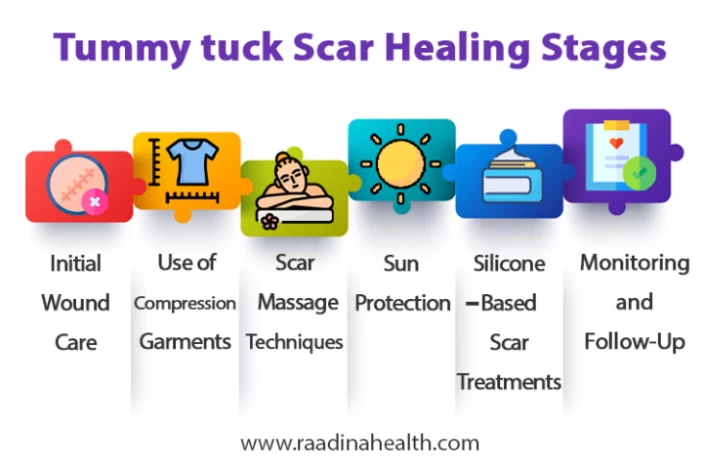
Treatment Options for Tummy Tuck Scars
Tummy tuck scars, a common concern post-abdominoplasty, can be effectively managed using various tummy tuck scar treatment methods. These treatments aim to enhance healing, reduce visibility, and improve the overall appearance of the scars.
Using Active Scar Defense for Post-Op Care
Proactive Scar Management: Implementing scar defence strategies immediately after surgery can significantly improve healing outcomes.
Products and Practices: Utilizing silicone gels, sheets, and other recommended products aids scar maturation and minimizes scar prominence.
How Can I Promote Minimal Scarring As My Tummy Tuck Incisions Heal?
To minimize scarring after a tummy tuck, there are several steps you can take in conjunction with following your provider's guidance diligently. Carefully adhere to instructions regarding wound care and cleanliness. Refrain from heavy lifting, strenuous exercise, sexual activity, and stretching until your provider deems it safe, typically around four to eight weeks post-procedure.
Your provider may suggest various topical treatments to apply directly to the wound, including:
- Antibiotic ointment.
- Cocoa butter.
- Petroleum jelly.
- Scar cream.
- Silicone gel sheets.
- Vitamin D.
- Vitamin E.
Around 2 to 3 weeks following your surgery, scar massage may be beneficial. Gently massaging the scar and surrounding skin can enhance blood flow to the area and aid in the healing process. Additionally, massage may help break up tougher scar tissue. However, it's essential to consult your healthcare provider before attempting scar massage.
Sun avoidance is paramount during the healing process. Exposure to ultraviolet radiation can lead to discoloration or changes in texture, potentially thickening the scar. For the duration of 12 to 18 months post-tummy tuck, it's crucial to wear sunscreen with a high SPF (sun protection factor) if you must be outdoors.
Maintaining proper nutrition is also vital for wound healing. Discuss with your healthcare provider or a registered dietitian to ensure you're receiving all necessary vitamins and minerals. They may recommend incorporating a daily multivitamin or other supplements into your regimen to support the healing process.
Preventing Scarring After a Tummy Tuck
Preventing excessive scarring following a tummy tuck involves a combination of surgical technique and post-operative care. Adhering to these guidelines can lead to more discreet and less noticeable scars.
Preventive Measures: Surgeons use advanced suturing techniques and strategic incision placement to minimize scar visibility.
Lifestyle and Care Tips: Post-operative care, including proper wound care, avoiding smoking, and adhering to activity restrictions, is crucial in scar prevention.
How to Avoid Post-Tummy Tuck Scars?
Preventing excessive scarring after abdominoplasty involves preventive measures and understanding one's genetic predisposition to scarring.
Preventative Measures: Rigorously following the surgeon's post-op instructions, including wound care and recommended scar treatment products, is essential.
Genetics and Skin Care: Genetics play a role in how scars heal. Proper skin care, including hydration and protection from the sun, aids in scar prevention.
Tummy Scars After C-Section
Tummy tuck scars following a C-section are unique due to the combination of the surgical incision from the C-section and the additional incisions made during the tummy tuck procedure. Typically, the scar from the C-section runs horizontally just above the pubic bone. At the same time, the tummy tuck incision is often placed lower on the abdomen, extending from hip to hip. The resulting scar from a tummy tuck is usually longer and more extensive compared to a standard C-section scar. However, in cases where excess skin removal is extensive, the scar might be longer.
In general, scars are most noticeable in the first few months after surgery and gradually fade. While the initial scar may appear red and raised, it typically diminishes in prominence as it matures, becoming flatter and lighter in colour. Adhering to proper wound care, such as keeping the area clean and moisturized, can aid in scar healing and minimize their visibility. While some individuals may notice significant improvement within the first year, it can take up to 18 months or more for scars to mature and fully blend with the surrounding skin. Genetics, skin type, and the body's natural healing process can influence the final appearance of scars.
In some cases, additional treatments such as scar massage, silicone sheets, or laser therapy may be recommended to further improve the appearance of scars. Regular follow-up appointments with the surgeon can help monitor the healing process and address concerns.
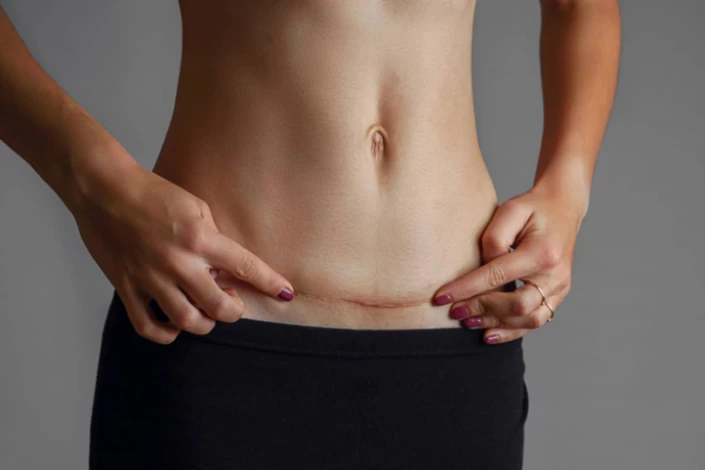
Conclusion
Throughout this article, we've navigated the multifaceted world of tummy tuck scars, unearthing critical insights into their treatment and prevention. From initial care steps to advanced scar treatment techniques, we've equipped you with the knowledge to handle the post-operative journey confidently. Understanding the healing process and adopting appropriate care methods are pivotal in achieving optimal results.
We invite you to explore more on the Raadina Health Blog, where information awaits to enhance your wellness journey. Your path to informed health decisions and improved quality of life continues.
FAQs About Tummy Tuck Scars
1) What does a tummy tuck scar look like after six months?
After six months, a tummy tuck scar typically starts to fade, becoming less noticeable. The initial healing process, where the scar is most visible, gradually gives way to a thinner, lighter line. However, the final appearance varies depending on individual healing processes and skin types.
2) Can a tummy tuck scar be hidden?
A tummy tuck scar can often be concealed beneath the bikini line. Surgeons usually aim to place the incision in a location that's easily covered by underwear or swimwear. However, the ability to hide the scar depends on the type of tummy tuck performed and individual body shape.
3) How long does a tummy tuck scar take to heal completely?
Complete healing of a tummy tuck scar can take up to a year or more. During this time, the scar will gradually change in colour and texture, becoming less prominent. It's important to follow post-operative care instructions to support the healing process.
4) Are tummy tuck scars permanent?
Tummy tuck scars are generally permanent. However, their appearance can significantly improve, especially with proper care and treatment. The visibility of the scar can vary based on factors like genetics, skin colour, and the surgical technique used.
5) What can be done to minimize tummy tuck scarring?
Following your surgeon's post-operative care instructions is crucial, avoiding tension on the scars and protecting them from UV rays to minimize tummy tuck scarring. Additionally, applying moisturizer and massage techniques after healing can help improve the scar's appearance.
6) Does the type of tummy tuck affect the scar?
Yes, the tummy tuck type affects the scar's size and location. Different tummy techniques, such as a whole or mini tummy tuck, result in varying scar lengths and positions on the abdomen.
7) How can I prepare my skin before a tummy tuck to reduce scarring?
Preparing your skin before a tummy tuck can involve maintaining a healthy diet, staying hydrated, and avoiding smoking. Keeping the abdominal skin moisturized and in good condition before the surgery is also beneficial.
8) Can tummy tuck scars worsen with time?
Without proper care, tummy tuck scars can worsen, becoming raised, more expansive, or darker. Excessive sun exposure, poor wound care, and physical strain can negatively impact the healing process and the scar's appearance.
9) Are treatments available to reduce the visibility of tummy tuck scars?
Several treatments are available to reduce the visibility of tummy tuck scars, including silicone gel sheets, laser therapy, and topical treatments containing ingredients like vitamin E and onion extract. Consulting with a dermatologist or your surgeon can provide more personalized options.
10) How does smoking affect tummy tuck scar healing?
Smoking can significantly impair the healing of a tummy tuck scar. It reduces blood flow to the skin, is crucial for healing, and can lead to increased scarring and complications in the wound-healing process.

 WhatsApp
WhatsApp
 Telegram
Telegram
 Facebook
Facebook
 Email
Email



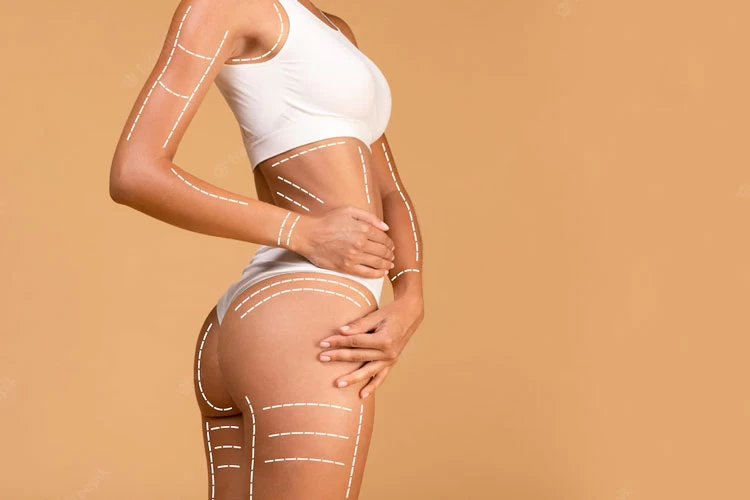


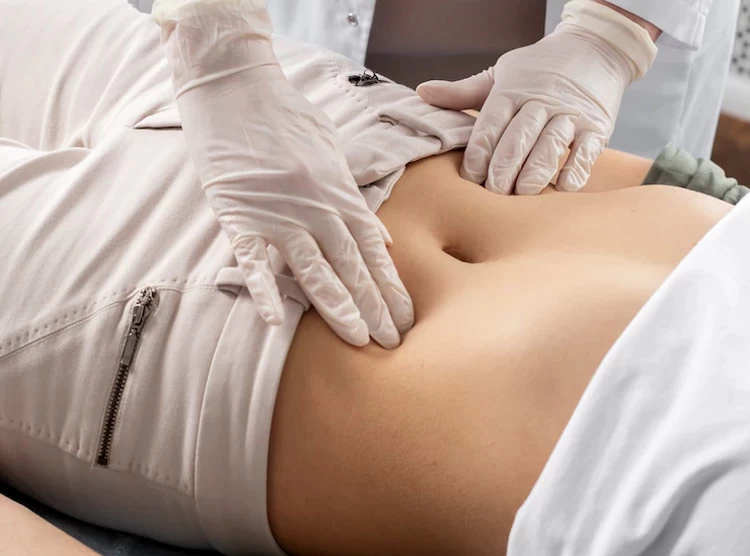

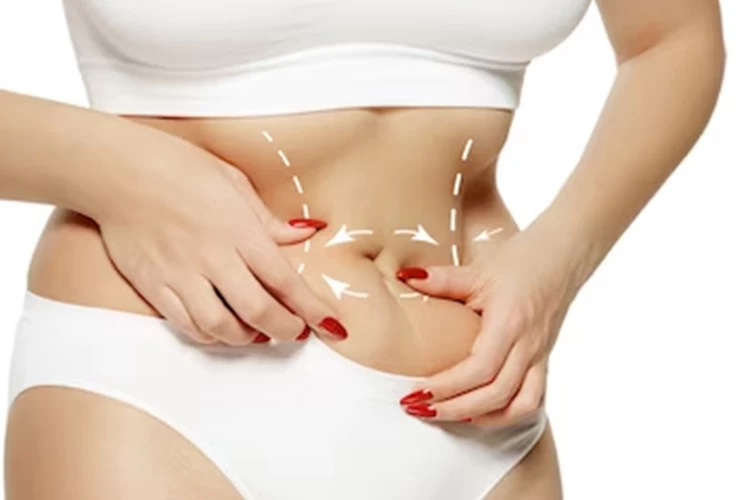

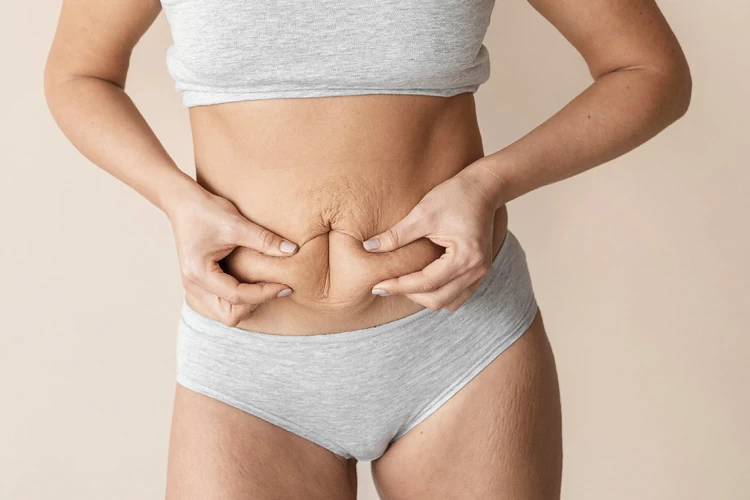
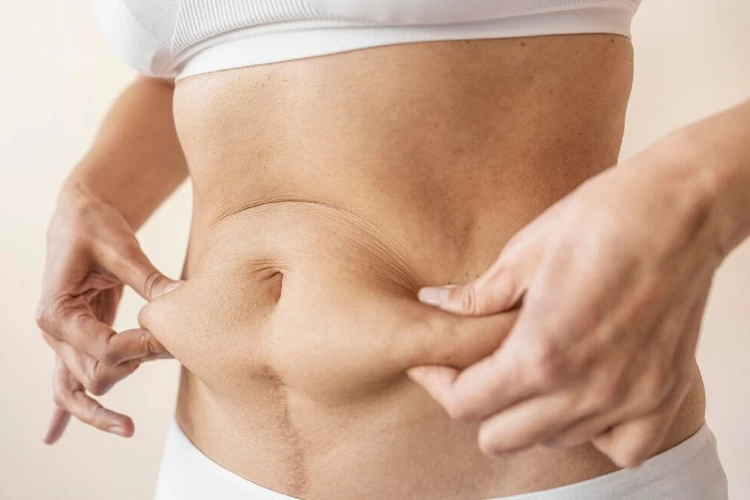

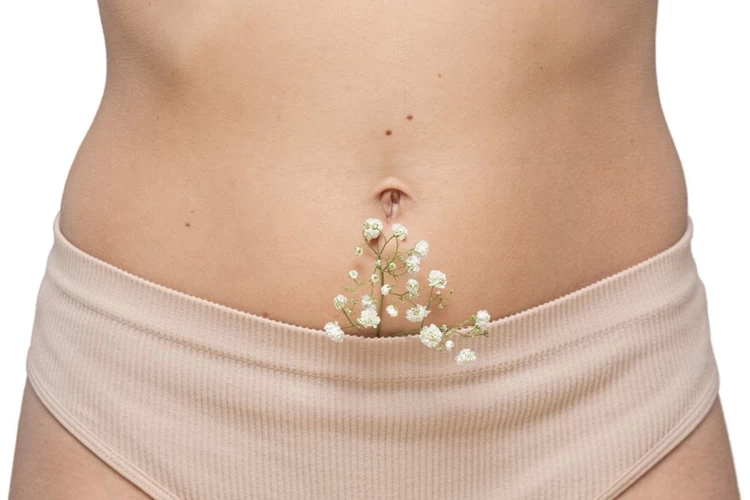


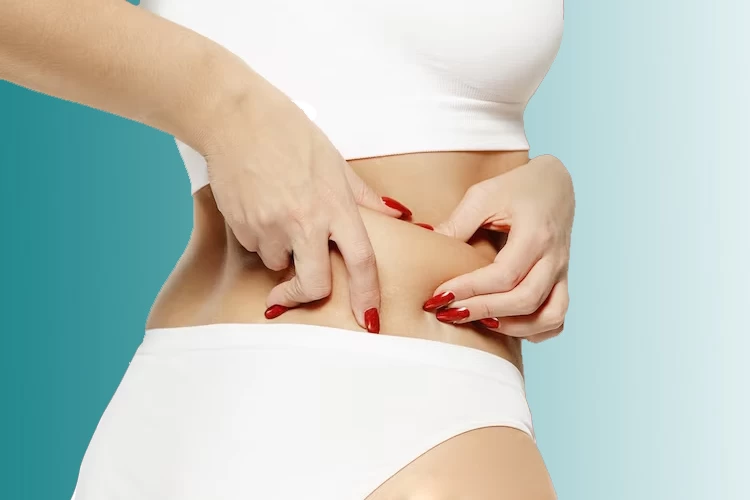
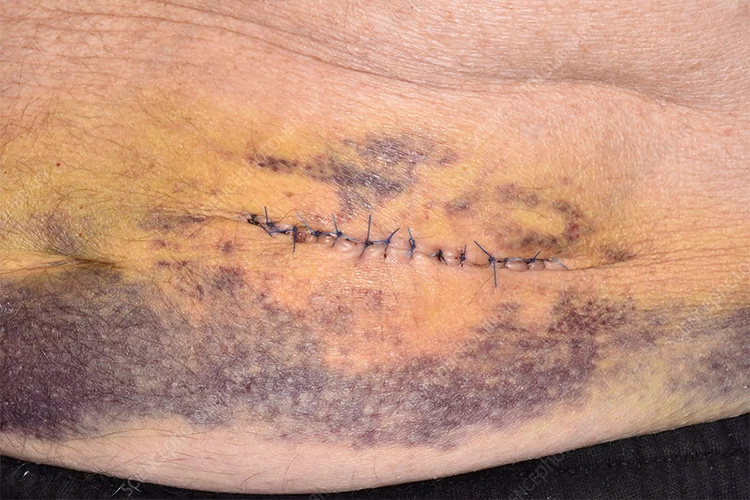
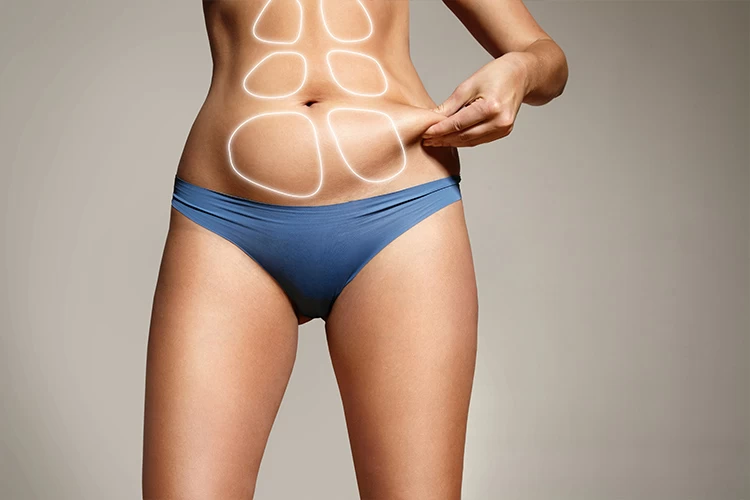
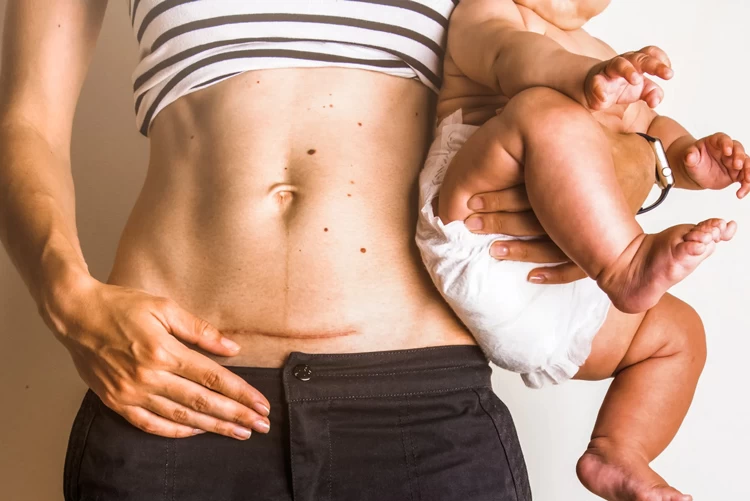

No reviews
Your comment